Radiator plants (peperomia) are excellent houseplants to consider. These houseplants occur in hanging and upright form. These stunning hearty plants come with thick and fleshy leaves that contribute to their drought tolerance.
One of my favorite features is the ability to withstand a wide range of growing conditions. The houseplant is super easy to grow and care for. It is an ideal plant for beginners looking to expand their indoor plant collection.
How do you care for a peperomia plant? Radiator plants thrive in bright indirect sunlight, low humidity, well-drained potting, and moderate water supply. The peperomia temperature requirement should range from 65-80oF.
Below is a detailed guide that provides everything you need to learn about growing and caring for peperomia plants. The peperomia plant care sheet is worth spending time to read through and improve your indoor space.
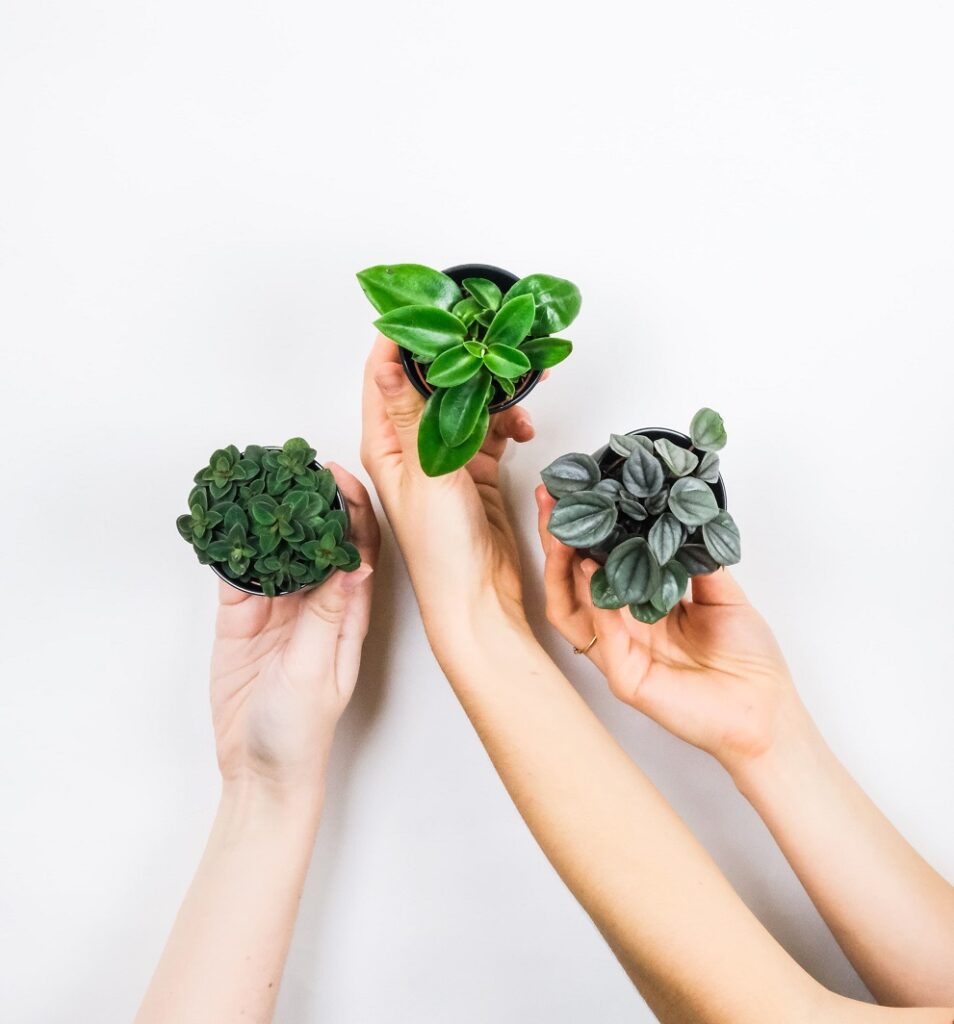
You May Also Like: How to Grow and Care for Spider Plants
What Does Peperomia Plant Look Like?
Peperomia plants are ornamental houseplants. These indoor plants have sporty foliage that are either textured or smooth.
The leaves come in unique colorations depending on the variety. The most common foliage colors are green, red, gray, marble, variegated, solid, and purple.
These plants come with heart-shaped foliage that help to improve the appearance of your indoor space. Besides that, some varieties come with tiny leaves that suit their growing conditions.
If you are looking for a beautiful houseplant collection to boost the appearance of indoor space, look no more as these radiator plants are an excellent choice for you.
Peperomia Plant Overview with Table
Radiator plants are tropical and subtropical plants native to South America, Mexico, and West Indies. These compact perennial plants are grown for ornamental foliage.
However, the peperomia flowers are unimpressive. Some growers prefer to prune and trim them to maintain the beauty of their foliage.
Peperomia plants have over 1000 species. Each species has a unique foliage shape and colorations. But most of these indoor plant collections are excellent for your indoor space.
These houseplants are compact and do not grow more than 12-inches in height. It is something that makes them ideal for hanging baskets, balconies, and small indoor spaces.
Radiator plants have sturdy stems and fleshy leaves with succulent traits. The feature allows the houseplant to tolerate drought and other challenging conditions.
It would be best to note that there are bushy and trailing varieties. Pruning and trimming should be highly prioritized to avoid overgrowing.
Summary
| Scientific Name | Peperomia spp. |
| Common Names | Radiator Plant, Baby Rubber Plant, Pepper Elder, Shining Bush Plant |
| Plant Type | Perennial |
| Care Level | Easy-Moderate |
| Native Habitat | Mexico, South America, and West Indies |
| Sunlight | Partial or Indirect Exposure |
| Mature Size | 6-12 Inches |
| Soil pH | Neutral to Acidic |
| Soil Type | Moist and Well-drained |
| Flower Color | White or Brown |
| Bloom Time | Summer |
| Hardiness | 10-12 USDA |
| Toxicity | Non-toxic Plants |
How to Care for A Peperomia Plant
Most peperomia plants are super easy to grow and maintain. These houseplants are suitable for those growers with busy lifestyles. Below are the tips on how to grow and care for a peperomia plant:
You May Also Enjoy: Why Are My Philodendron Leaves Curling?
How Often Do You Water a Peperomia Plant?
Overwatering and underwatering are the most common problems affecting peperomia plants. Many growers do not get right when it comes to watering their houseplants.
You should test the soil moisture level of the radiator plant before watering. Consider irrigating the plant when the top 1-2 inches of the soil is completely dry. Soak the soil with plenty of water.
Overwatering could cause several problems to your plant. The most common issues are root-rot and yellowing of leaves.
The most exciting thing is that you can easily identify water stress issues in your plant. The immediate cause of action is recommended to avoid killing the houseplant.
It would be best to irrigate your houseplant every 7-10 days. But remember to check the soil moisture level before watering.
Does Peperomia Need Sunlight?
Radiator plants thrive in bright indirect sunlight. Position the houseplant container to a location in the house that receives plenty of light near the window.
Ensure the plant does not receive direct sunlight exposure. The condition will foster scorching or browning of leaves and wilting in the long run.
It would be best to note that low-dim light will make the indoor plant leggy and weak. You should prune the plant if you notice such characteristics. It is the best way to revive the plant.
Remember to change the location of the plant. It will help to prevent leggy stems from reoccurring in the future. Light enables the plant to undertake photosynthesis effectively.
Peperomia Humidity Requirement
The native habitat of peperomia plants has a high humidity level. Research shows that these houseplants flourish in an environment that has high humidity.
But most species of peperomia can tolerate low humidity. The succulent stems and leaves allow the indoor plant to tolerate drought conditions.
The desert features make the ornamental plant suitable for indoor spaces with low humidity levels. It is also a perfect choice for growers with busy lifestyles due to an infrequent watering schedule.
But extreme low humidity cases will make the houseplant wilt. It would be best to mist the stems and leaves in summer.
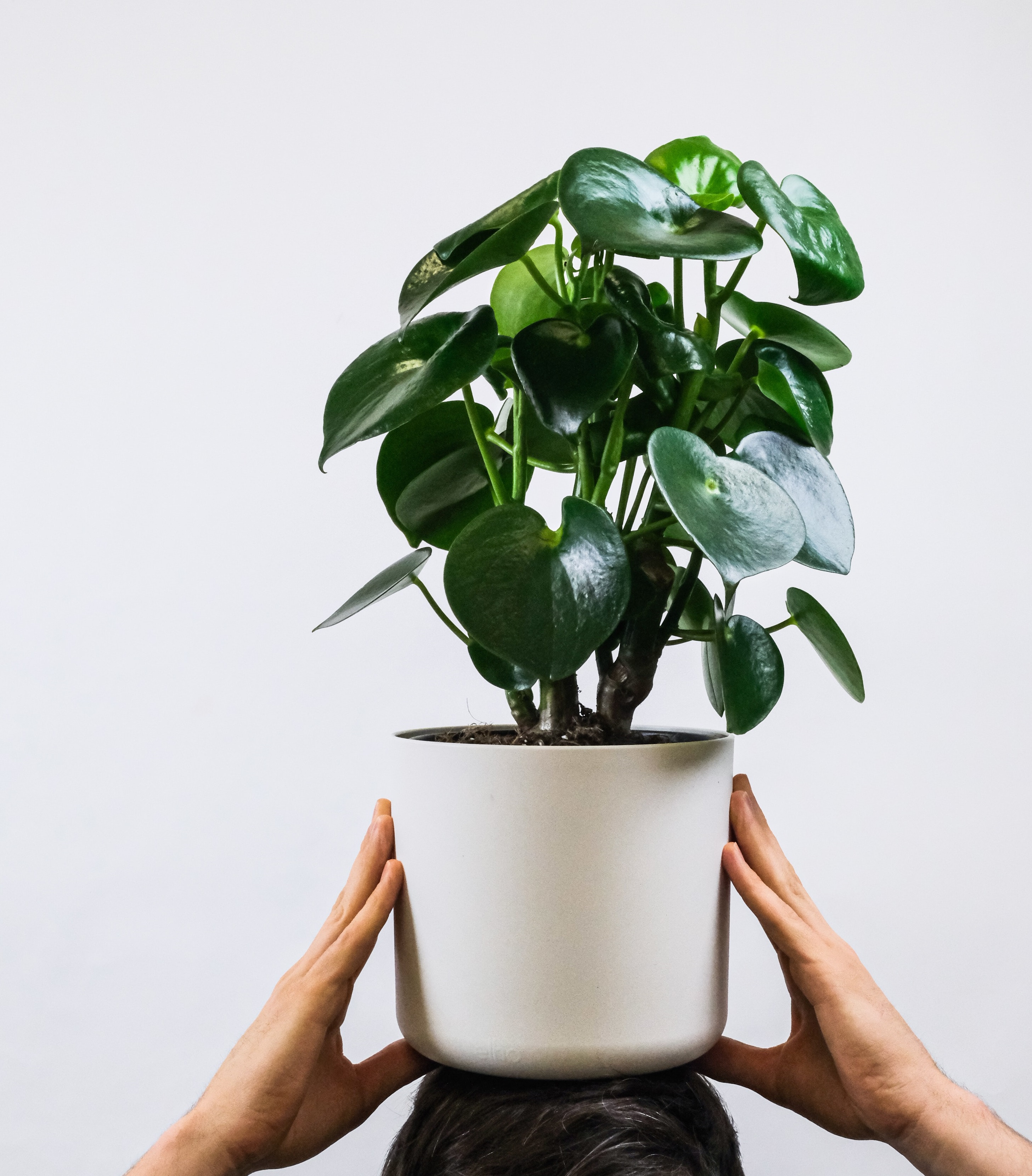
Peperomia Temperature Needs
These tropical plants thrive in a warm and steamy environment. Misting the houseplant in summer is highly recommended since it the period of most active growth.
Peperomia plants need a temperature range of 65-80oF. It implies that these hardy indoor plants cannot survive in an environment that has less than 30oF.
It would be best to keep your indoor plant away from air conditioning and heating vents. These gadgets usually generate heat that might destroy your plant.
Peperomia Fertilization
Peperomia species are not heavy feeders like other indoor plants. Research shows that you are likely to face many problems due to over-fertilization.
It would be best to balance your fertilization schedule to avoid damaging your houseplant. We recommend using water-soluble fertilizer and application should be done once during the growing season.
Too much fertilizer in the container might cause soil toxicity. Overdose of some nutrients might ruin the health and well-being of your plant.
The best option of reviving the peperomia plant ruin by over-fertilization is to repot. Use a fresh potting mix with balanced nutrients.
What Soil for Peperomia Plants?
These stunning tropical plants need well-drained soil. The soil type helps to prevent water-logging due to overwatering. We all know the negative impact of overwatering the houseplants.
It would be best to consider a well-drain potting mix. Mix equal amount of peat moss and coarse sand or perlite in a growing container.
Ensure also the growing pot has some drainage holes at the bottom. These holes help to drain excess water and prevent water-logging in the container.
You May Also Like: Why Are My Monstera Leaves Drooping?
How Do You Propagate Peperomia Plant?
Propagating radiator plants is super easy. The method is ideal for those growers looking to expand the collection of their peperomia plants.
Leafy cuttings and stem cuttings are the main methods for propagation of the houseplant. But this usually depends on the species and personal preferences.
It would be best to note that variegated peperomia species prefer stem-cutting propagation. It helps to maintain the leafy variegations.
How to Propagate Peperomia Plants by Leafy Cuttings
- Prepare a propagation plant pot. Fill it with an equal mix of potting perlite and compost before the schedule.
- Ensure the propagating plant pot is clean and sterilized. It will help to prevent the occurrence of fungal diseases that might ruin your plant.
- Cut a healthy leaf of the plant from the base of the stem. Sterilize the sharp scissors before cutting the leaf.
- Cut the leaf across its width for propagation. You can also opt to use the whole leaf to successfully propagate the peperomia plant.
- Dip the cut end into a rooting powder. The chemical is meant to encourage root growth from the leaf.
- Insert the leaf-cutting into a 1-2 cm hole in the potting mix. You can either use a spoon or knife to dig a small hole in the potting medium.
- Water the potting mix thoroughly and cover the propagating cutting with propagating tray.
- Place the plant in bright indirect sunlight at room temperature.
- Remove the propagating tray cover after few days. It will help prevent the accumulation of humidity which is known for increasing the risk of fungal diseases
- Monitor the development of new roots and shoot progress
- Pot the individual plants once they have grown fully
- Peperomia plants have shallow roots. There is no need of propagating the plant quickly.
How to Propagate Peperomia Plant by Stem Cuttings
Propagating peperomia plant by stem cutting should be done in spring. It is the season when the new growth is more vibrant.
Below are steps on how to propagate radiator plant by stem cutting:
- Prepare propagation plant pot. Get an equal mix of potting perlite and compost.
- Sterilize the scissors or pruning shear before commencing the task
- Cut a healthy stem off the main plant. Ensure the cut has three pairs of foliage.
- Remove the bottom pair of leaves to expose a section of the stem.
- Dip the cut end into a rooting powder
- Use a knife to make a small hole in the potting mix.
- Insert the stem cut and put soil around it
- Water the potting mix thoroughly and follow the remaining leaf-cutting procedures.
When Should You Repot Peperomia Plant?
Peperomia plants suffering from fungal diseases need to be repotted. It is the best way of reviving the root system and the whole plant.
It would be best to note that radiator plants do not need to be repotted often. Allowing the houseplant to thrive in its current container won’t harm it.
The rule of thumb is to repot the plant after every 2-3 years to prevent the potting mix from becoming compact. The soil texture will inhibit water drainage and deter roots from flourishing.
Here are steps for repotting peperomia plant:
- Prepare a clean and sterilized container. Fill it with a fresh potting mix up to halfway.
- Gently remove the peperomia plant from the current pot.
- Remove the old potting mix from the root system with ultimate care.
- Transfer the plant to the new container and fill it with the remaining potting mix.
- Firm the potting mix around the plant without forming a compact piece.
- Water the plant thoroughly and monitor the new growth.
How Do You Prune and Trim Peperomia?
Peperomia plants are hardy and there is no need to being gentle when pruning. These plants can tolerate pruning and trim well.
The compact appearance makes it possible to trim them back into their ornamental outlook. But remember to sterilize the shears or scissors to prevent fungal diseases.
Always have the habit of removing dead and old leaves which could be a sign of disease or damage. The precaution will help to detect fungal infection and other diseases early for treatment.
Pruning the foliage also helps to enhance a vibrant appearance. A good-looking peperomia plant is ideal for improving your indoor space.
It would be best to hire a professional service provider for the pruning service. These individuals have the expertise of designing your bushy radiator plants.
You May Also Like: Why Is My Alocasia Zebrina Drooping?
Common Peperomia Plant Problems & How to Fix
Peperomia plants are hardy and can go for several weeks without water. But this does not imply that they are exempted from problems.
Below are some of the common issues that might affect your peperomia plant:
Why Does My Peperomia Have Yellow Leaves?
The yellowing of leaves is an indicator that the peperomia plant is under stress. Identification of the sign earlier will help to revive your houseplant.
It would be best to note that peperomia leaves rarely experience a yellowing effect. But this does not rule the condition out in the plant generation.
Radiator plants suffer from yellow leaves for many reasons. The most common causes for the leaves of peperomia plants to turn yellow are sunlight, overwatering, poor drainage, root rot, and nutrient deficiency.
Sunlight exposure happens to be the main cause of the yellowing of leaves. These tropical plants grow under the canopy in their natural habitat. It implies that the plant requires indirect sunlight for its survival.
But these houseplants prefer a warm environment and filtered light to carry out photosynthesis. Exposing the plants to direct sunlight would cause fading and yellowing of leaves and stems.
Sometimes too much direct sunlight would scorch the edges and tips of the leaves. We recommend relocating your plant to a spot where it received bright indirect sunlight to revive it.
Why Is My Peperomia Dropping Leaves?
The Peperomia plant is small and super easy to maintain. But it can be frustrating when you notice your houseplant dropping leaves and falling.
Keep in mind that leaves dropping is an indicator of something serious. It would be best to address the problem avoid letting the houseplant die.
The most common causes of peperomia leave dropping are overwatering, underwatering, damp soil, low humidity, direct sunlight exposure, extreme temperatures, poor water quality, and pests.
But underwatering and direct sunlight exposure happens to be the main causes of peperomia leaves dropping. The houseplant has desert features that allow it to tolerate a low water supply.
Prolong limited supply of water would cause wilting and dropping of leaves. The xerophytic features do not imply that the plant can tolerate prolonged drought.
It would also be best to note that these tropical and subtropical plants thrive under the canopy in their natural habitat. It implies that the plant thrives under bright indirect sunlight.
Prolong exposure of the houseplant to direct sunlight would cause the dropping of the leaves. It happens since the rate of water loss is higher than water intake.
The heat from the sun fosters a higher rate of transpiration. The plant later uses the stored water to compensate for the one lost. But this is usually overwhelming and result in wilting or dropping of leaves.
Why Are My Peperomia Leaves Curling?
We all know that the peperomia plant is hardy and can tolerate a wide range of conditions. But this does not imply that they are immune to certain problems.
Peperomia leaves are prone to curling due to underwatering, bugs, and nutrients deficiency. The curling leaves are an indicator of an underlying issue.
It would be best to inspect the leaves to confirm the presence of pest infestations. Mealybugs are the most common pests affecting the plant. You will notice a mass of white cotton underside of the leaves. Always apply insecticidal soap to eliminate the bugs.
Calcium deficiency is another common cause of peperomia leaves curling. The issue happens due to overwatering the peat potting mix. It results in an acidic condition that inhibits the intake of calcium minerals. It would be best to repot the plant for rejuvenation.
Besides that, adequate nitrogen and phosphorus in the potting mix inhibit the intake of calcium. You will notice the leaves of your plant starting to curl due to calcium deficiency.
You May Also Like: Why Does My Yucca Cane Have Yellow Leaves?
Why Is My Peperomia Dying?
It can be heartbreaking to see your houseplant dying after years of dedication to grow and maintain. Peperomia is hardy and tolerant to harsh conditions. But there are instances where the plant can no longer withstand the harsh condition.
Insufficient water and light supply are the possible causes of the problem. Addressing these two issues will help to keep your plant alive. Never buy the notion that the plant can survive for long without water.
Always water your plant according to the schedule and expose it to indirect sunlight. These two factors are essential to enable the plant to undertake its physiological activities.
Why Does My Peperomia Leaves Have Black Spots?
Take immediate action once you notice brown or black spots on the leaves of the peperomia plant. It is usually due to infectious diseases are known as Cercospora leaf spot and Phyllosticta leaf spot.
It would be best to isolate the houseplant from others to prevent the disease from spreading. You can sterile the shear and prune the affected leaves. Discard the leaves far from other houseplants.
Why Is My Peperomia Wilting?
Water stress is the main reason behind wilting peperomia. Underwatering is the obvious reason for wilting. But overwatering can also be the possible cause of the problem.
Both underwatering and overwatering create situations where the houseplant can’t get adequate water into their systems.
Underwatering results in leave curling and wilting. The condition happens since the soil is too dry and the plant can’t absorb sufficient water for its survival.
Overwatering causes root-rot. The damaged root system fails to absorb water from the soil. The plant leaves will start yellowing and later wilt. Many beginners usually battle with this problem.
It would be best to stop watering the plant in case of overwatering. Repot the plant to a fresh potting mix to combat the spread of root rot.
Follow a strict watering schedule to revive the houseplant wilting due to underwatering. The schedule will also help to prevent overwatering scenarios.
Why Are My Peperomia Leaves Falling Off?
It can be frustrating to notice a sudden dramatic leaf falling from your peperomia plant. But there is no need to freak since the issue can be fixed easily.
Underwatering usually makes the peperomia’s soil dry out. You will notice the leaves going limp, droopy, and eventually fall off from the plant.
Develop a watering schedule to revive the plant and prevent the occurrence of the problem in the future. Remember to inspect the soil moisture before watering the plant to avoid overwatering.
Low humidity is another possible cause of peperomia leaves falling off. Research shows that the plant thrives in a slightly humid environment. Misting the leaves will help to prevent leaf falling.
Peperomia Diseases
Peperomia plants are a little hardy to diseases. But these houseplants are prone to bacterial and fungal diseases. It is advisable to look out for any weird signs or changes.
Pythium is a fungal disease that usually affects the stem and root systems. The spread of the disease can quickly kill your houseplant.
The fungal disease occurs due to soggy soil. It is advisable to repot the plant as the only way of saving it. But in most cases, the houseplant usually dies in the long run.
Peperomia Pests
These houseplants are resilient to pests. But mealybugs, spider mites, and fungus gnats are known for infesting peperomia plants.
Some of these pests damage the roots and leaves of the plant. You will notice the plant leaves curling and also wilting. Use insecticidal soap to eradicate these pests from your plant.
Types of Peperomia (Radiator Plants) with Pictures
There are over 1000 species of peperomia plants. But this article provides a brief outline of the most common species. These peperomia species include:
You May Also Like: 25 Recommended Peperomia Varieties with Pictures
Peperomia nivalis
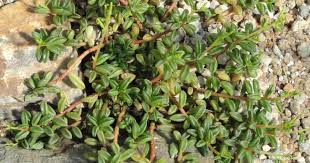
These creeping peperomia species are characterized by their succulent stems and leaves. They have usually folded thick shape leaves, light green, and fleshy.
The distinguishing feature is the red and curvy underside leaves. It helps to create a striped appearance ideal for improving your indoor space.
Peperomia scandens
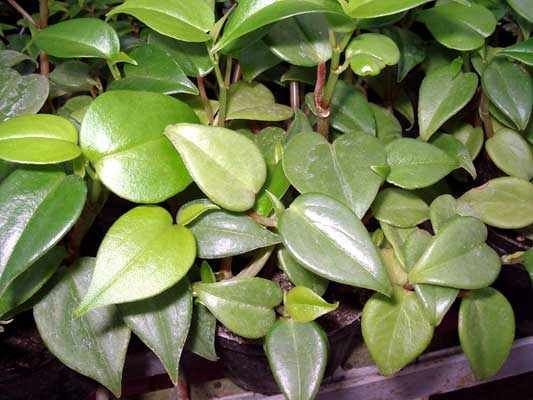
The species is also known as Cupid Peperomia or False-Philodendron Peperomia. It is a low-growing and trailing variety.
The leaves have a heart-shape and light green coloration. The edges of the leaves are either thin white or pale-yellow border. It is an ideal species for a hanging basket.
Peperomia obtusifolia
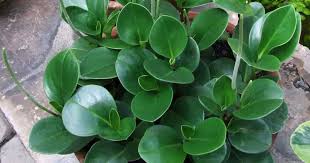
The peperomia species is also known as the baby rubber plant or pepper face. It is a perennial evergreen houseplant that experience upward growth habit.
The houseplant grows up to 2-feet. It comes with dark green and succulent-like oval leaves. It is the best species for growing on your balconies.
Peperomia caperata
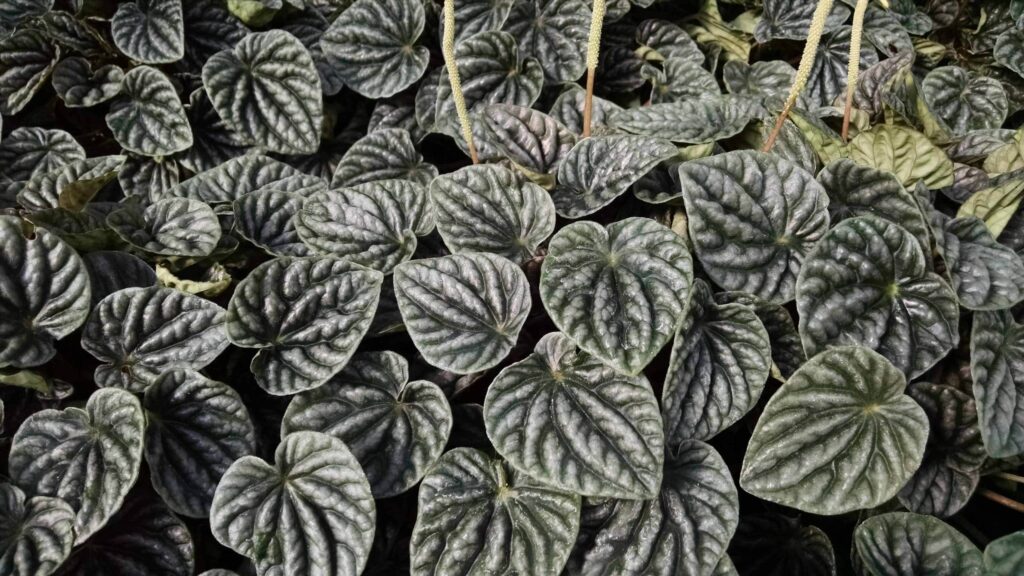
It is also known as the Emerald Ripple Peperomia. The houseplant has a rosette appearance to its foliage. The leaves are either dark green, red, or purple.
The leaves are highly creased along their length making them to look-like wrinkled leaves. The plant has a compact design which is ideal for growing near the window pot or terrarium.
Peperomia argyreia and Peperomia sandersii
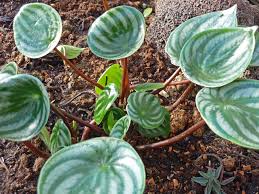
These are watermelon peperomia species. The distinctive characteristics of the foliage make the plant popular in many American homes.
The foliage resembles that of watermelon. The leaves are dark green and silverly striped that travel from the center to the leaf tip. The petiole of the leaf is usually red in coloration.
You May Also Like: Why Are My ZZ Plant Leave Tips Turning Brown?
Related Questions
Is Peperomia a Succulent?
Peperomia is a small plant with succulent-like fleshy leaves and stems. These tropical plants form an excellent houseplant for both hanging and upright forms.
Is Peperomia Indoor Plant?
Peperomia is a tropical and subtropical plant native to South America and Mexico. These plants grow under the canopy where it receives low-light. The feature makes it easier to grow indoors.
Are Peperomia Plants Poisonous?
Peperomia plants are completely non-toxic. You can grow the plant indoors without affecting the well-being of your dogs or cats.
Do Peperomia Like to Be Misted?
Peperomia plants do not need a lot of water. Too much exposure to water would kill the plant in the long run. Misting the foliage is commendable during summer since the heat reduces indoor air moisture.
Do Peperomia Plants Have Flowers?
Absolutely. But flowers of peperomia plants are unimpressive. It would be best to note that peperomia rarely blooms. Flowers have long narrow stalks that are green or brown in coloration.
How Big Does a Peperomia Plant Get?
Peperomia plants are small succulent-like. Most species grow up to 6-12 inches. It is one of the features that make them excellent as indoor plants.
Can Peperomia Grow in Low Light?
Peperomia plants thrive under low light. But these plants can also tolerate medium to bright indirect sunlight. Species like variegated do not flourish under low-light.
You May Also Like: Pothos vs Philodendron
In Conclusion
This peperomia plant care sheet has been tested and proven to be effective. We are confident enough that it will work for you.
Meanwhile, peperomia plants are super easy to maintain. There is no need to freak in case of any problem since they can easily be fixed.
Take the time to read through this comprehensive peperomia care sheet and implement the recommendations outlined in it to be a successful grower.
You Can Also Read: Why Is My Begonia Wilting?
More Sources and References
- Dr. Leonard Perry. Easy Houseplant (Peperomia). The University of Vermont.
- Bruce Crawford. Peperomia Plant Production. New Jersey Agricultural Experiment Station.
- Editor. Peperomia Plant. University of Arkansas System Division of Agriculture.
Very captivating content